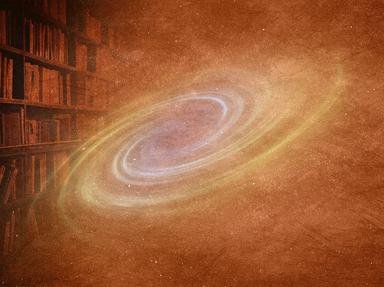Quiz Answer Key and Fun Facts
1. Dating from the days when alchemy and chemistry co-existed, which element was discovered by Hennig Brand in 1699?
2. It certainly was not copper. Which element used in coinage was discovered in a substance known as "fake copper"?
3. Joseph Priestly called it "dephlogisticated air". Antoine Lavoisier properly recognized it as an element and named it. What name did he give it?
4. Which element was wisely named by its observer after the second asteroid discovered?
5. Sir Humphry Davy was the first person to isolate several elements. Which was NOT one of his discoveries?
6. Jacob Berzelius discovered this element more than a century before anyone thought to use in a computer chip. Which element is that?
7. This relatively common element is usually found in bauxite. Which element?
8. Which was the first element, predicted by Dmitri Mendeleev (1834-1907) on his periodic table of elements, to be observed?
9. Morris Travers and William Ramsay were able to isolate and identify three noble gasses in 1898. Which was NOT one of the gasses isolated by this duo?
10. Which radioactive element did the Curies extract from pitchblende in the period 1898-1902?
Source: Author
bernie73
This quiz was reviewed by FunTrivia editor
rossian before going online.
Any errors found in FunTrivia content are routinely corrected through our feedback system.

